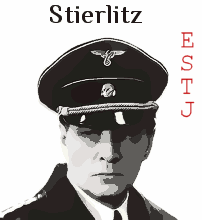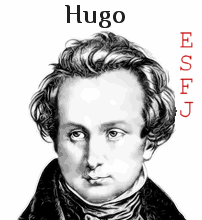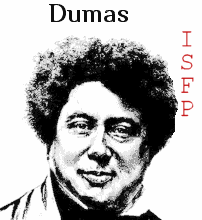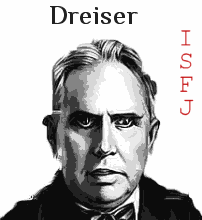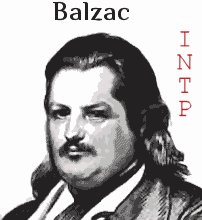
White Logic in socionics is a type of mental activity responsible for understanding formal rules, patterns and choosing the best solution. White logic is also called structural logic or logic of relations, because it always weighs and compares what is more, cheaper, better, more profitable. It's the logic of choice.
Logic in
Model A is indicated by a square icon because the square is created by the mind. The logic of relations is introverted, and since the criterion of
introversion in this model is usually denoted by white, such logic is called white and is indicated by a white square

icon. In the
MBTI typology it is called "
introverted
Thinking" (
Ti)
Structural Logic tries to establish a relationship between insignificant facts, and considers the facts themselves exclusively in conjunction with others. At the same time, if the facts are knocked out of the general logical picture, then they are discarded. Ti studies the world around him through similarity, comparing similar facts and drawing his own conclusions.
Consider how
Ti manifests itself in different personality types corresponding to different functions of model A:
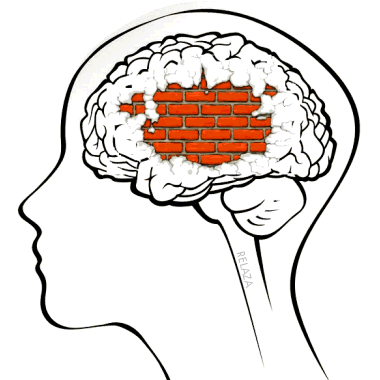 |
Base White Logic
|
The Base function is the basis of the personality and intellect of a person, his view of life.
For the
sensory Maxim, the idea of order is based on his own experience and it is almost impossible to convince him of something until he feels the changes on himself: "My system is my rules."
Robespierre, as an intuitive, builds his logical constructions based on intuitive ideas about the ways of their development. It is also difficult to convince him, except that another theory of what is happening comes to his mind.
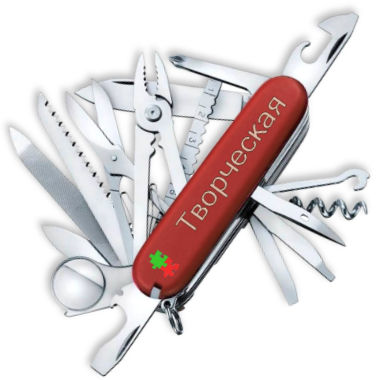 |
Creative White Logic
|
The creative function is a way of communicating with the outside world and solving problems at any given moment.
The logic of relations is creative in
Don and
Zhukov. Creative White logicians easily and quickly master the exact sciences, foreign languages and the computer. They are able to understand the relationships between events, build various classifications, and logically explain the causes of phenomena.
These are lovers of collecting information, processing it and drawing conclusions. Don has an outstanding associative thinking, which allows him to make very bold and extraordinary decisions on the basis of the information received. Sometimes his unusual associations and conclusions can be expressed out of place and put others in an awkward position.
Zhukov is constantly learning and collecting information in order to apply it to expand his living space and to make people respect themselves.
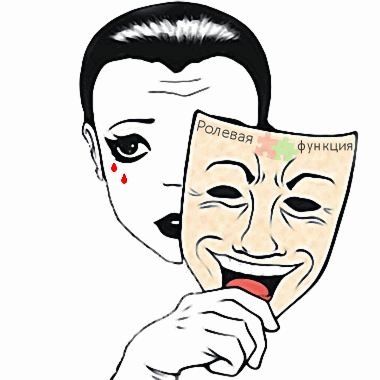 |
Role White Logic
|
Role function is a mask: what a person wants to appear to be, who he claims to be.
In an unfamiliar environment, role-playing white logicians try to adhere to certain formalities and rules, to do everything "as it should be", as the law dictates. At the same time, they try to give the impression of reasonable and logical people for which they operate with pre-prepared arguments. However, it is difficult to adhere to logical reasoning for a long time and go beyond what they have prepared, so all their conclusions can lead to nothing.
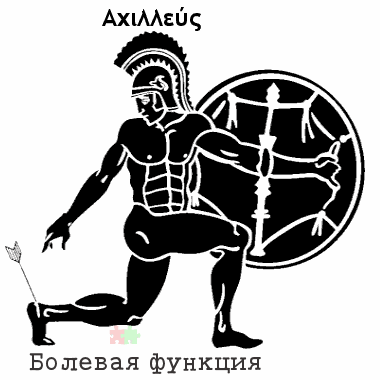 |
Vulnerable White Logic
|
Vulnerable function is its weakest human trait, its vulnerable place.
They often have trouble filling out official documents, and generally understanding them correctly. It is difficult for them to distinguish the main from the secondary, and as a result, perform a logical analysis of the phenomenon or document. When explaining something, Vulnerable white logicians can start right in the middle, constantly jumping from topic to topic without revealing the essence.
 |
Suggestive White Logic
|
The Suggestive function is responsible for the assimilation of knowledge accumulated by society by a person.
The logic of relations is suggestive in Hamlet and
Hugo.
Such people from childhood like to be explained something to them: how atoms are arranged, who is stronger than a tiger or a lion, and the like. They enjoy watching all sorts of popular science programs and love to retell them.
Still Suggestive white logicians are among the few who study various instructions and rules.
 |
Mobilizing White Logic
|
The Mobilizing function regulates a person's actions for compliance with the norms accepted in society through self-assessment of actions.
Dumas and Yesenin expect a positive assessment of their activities from those who will help them with the interpretation of laws and the fulfillment of the necessary formalities.
Having received approval and external support, they successfully use the computer, follow various instructions and rules.
 |
Limiting White Logic
|
The Limiting function serves to protect the individual from unpleasant or dangerous outside influences.
Defending themselves, they become stubborn pedants, demanding unconditional compliance with all rules and agreements: "get behind me, I will do as expected, according to the letter of the law."
 |
Demonstrative White Logic
|
The Demonstrative function is responsible for the correct instantaneous unconscious reactions in everyday life.
The logic of the relations is Demonstrative in
Balzac and
Gabin.
Others usually consider them smart, pragmatic people whose information can be trusted. Everything related to formal logic is solved by them subconsciously and quickly. They just understand and without explanation give out that "this is right" or "this is better."
Just as easily, they see violations of cause-and-effect relationships, laws, rules, and feel the fairness of the laws themselves.

 icon. In the MBTI typology it is called "introverted Thinking" (Ti)
icon. In the MBTI typology it is called "introverted Thinking" (Ti)










